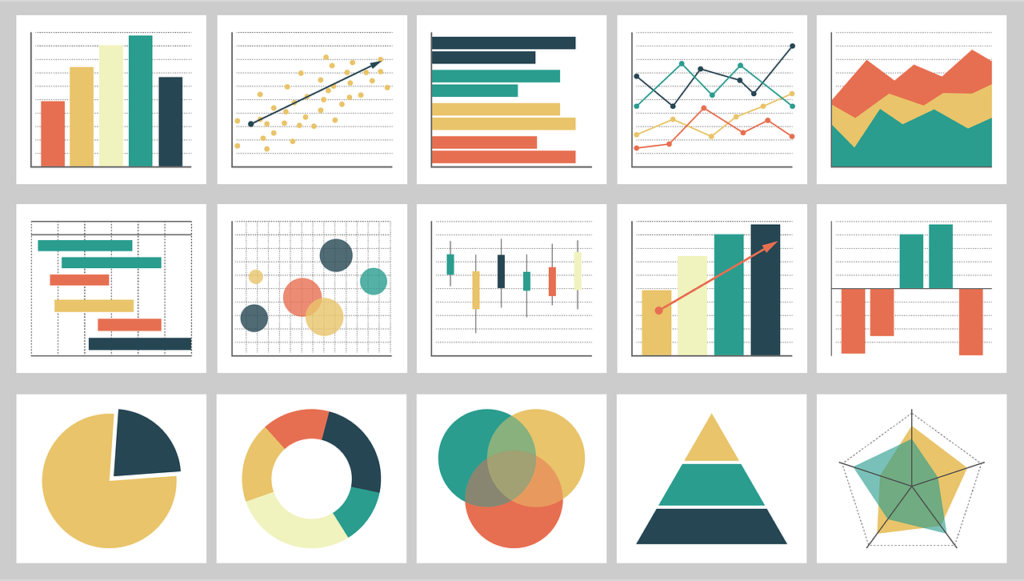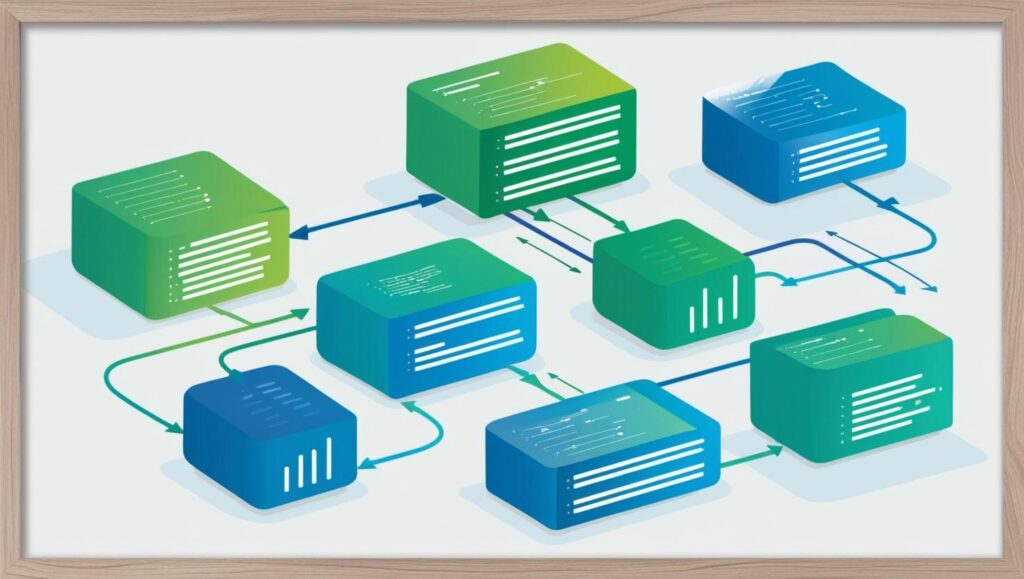Project Management
You will benefit from having someone who can work with everyone in your organization and channel their knowledge and skills into a smooth, coordinated effort. This means working in the Japanese language with most staff, and also working in English with senior management and overseas staff.
Using standard techniques (PMBOK, Prince2, etc.), I ensure that the assembled team will always focus on the work that needs to be done. As PM I will create a project schedule and we will design a project organization (roles and responsibilities) with regular meetings and defined deliverables.
My experience in foreign firms in Tokyo has always included working smoothly, respectfully, and professionally with senior managers of multiple nationalities and backgrounds. Switching back and forth between English and Japanese is a natural part of the regular flow of activity. I can work with local vendors in Japanese on technical matters and simultaneously with overseas counterparts in English covering the same topics from their perspective.



Project management: adjust methods to fit the scale of the project
Part of the art of project management is knowing which tools to use, and when. A smaller project can be managed with a light approach, where the professionalism of your staff means that only minimal supervision and control are needed. This is especially true if they have worked though many projects previously.
With a larger project, more formalized methodology should be introduced. For example, a larger project will probably need a purposeful design of how communication is to be carried out across departments. (This can involve multiple regular meetings, creation of a Confluence site, group use of a project management software tool, etc.) Similarly, the way that senior management receives reporting can very from a very “light” approach of regular one on one meetings, to regular project meetings with meeting minutes, to a full blown structure including a senior management Steering Committee and separate Project Team meetings.
This range of approaches applies to all ten PMBOK areas.
Project management methods and tools
There are tools and “best practices” which can be applied only as needed. They are used at different stages in the project’s progress. Some of these are built into software tools while most will be generated separately. Early on, the decision needs to be made if a software tool will be used (Jira, Zoho, Smartsheet, etc.).
- Project organization chart
- Stakeholder list
- RACI chart (Responsible, Accountable, Consulted, Informed)
- Schedule
- Gantt chart
- WBS
- Risk and issue register
- Reporting via dashboard
- Change log
- Software development methodology (Agile, waterfall, others )
- Etc.